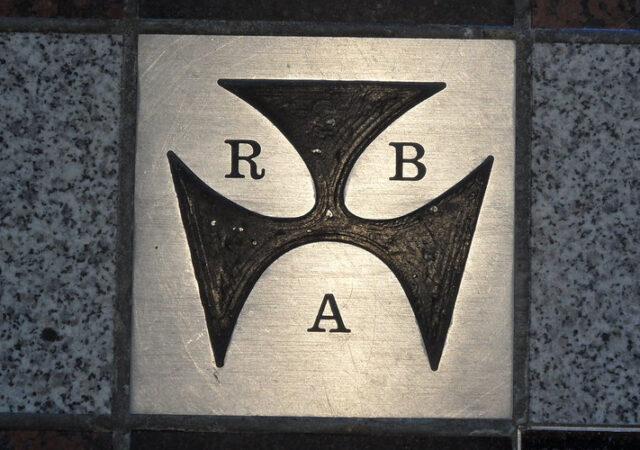During most of your working life you’re encouraged to think about retirement. Constantly reminded about whether you’re putting enough away to maintain your current lifestyle. Threats of pending poverty if you don’t contribute enough.
Retirement planning calculators are great to get a general feel for the amount you’ll need to fund your lifestyle, and professional advice is really important to make sure you’re planning things correctly.
But arguably the biggest decision comes when you become eligible to access your super. You have two main options; invest it in an income stream (known as a pension), take a lump sum payment and withdraw it as cash, or a mixture of both.
Invest in a pension
Investing in a pension means your superannuation will be paid out as a regular income stream, while the balance will remain inside your super fund earning investment returns.
It’s important to understand the tax rules encourage people to take this option because investment earnings within your super are generally tax free once you hit 60, so it’s likely that investing in a pension means you’ll pay less tax.
This path can also remove the temptation to splurge, as you need to budget and manage a regular income, just like you did when working.
Take a lump sum
The second most common option in retirement is to take superannuation as a lump sum payment, or payments.
This is handy if you have debts to settle, or big purchases to make for a comfortable retirement. However it can also open the door to temptation, so you need to have a financial plan in place for the money you withdraw.
Another benefit of taking a lump sum payment is the freedom to invest it how you like. However, while lump sum payments are generally tax free after 60, the earnings on investments outside of super may attract tax, so be sure to factor this in.
Also consider that your investments could impact eligibility for government benefits, so check with Centrelink for assets test limits.
On that note, make sure you take advantage of all your entitlements in retirement. While you may or may not qualify for the age pension, there is a raft of other help in travel concessions and reduced rates that can make a big difference to your bottom line.
How to decide
Sheila Cabacungan from Carnegie Financial Planning says that when the time comes to plan your retirement income, always look at what you’ve already got in super and the investment choices available.
“The key is to understand where you are financially, first, and then look at where you want to be. Your decision on a pension plan depends on the financial outcome you want, and finding the lowest cost way to get there.”
As most funds don’t charge big entry or exit fees these days, you need to set goals and then focus on finding the right product for you.
Remember, it’s not an all or nothing decision when it comes to retirement income planning… you can take some lump sum payments and also invest in a pension. It’s all about finding a combination that fits your financial and lifestyle needs.
And as you go through the process, don’t forget to make financial space for hobbies, interests and social plans to make sure you keep active as you wind back work. Mental health is just as important as financial health in retirement.
If you’re approaching the end of your working life, talk to a financial advisor to ensure your well-earned retirement is as comfortable as you can afford. They’ll help decide on the right balance of retirement funding options and also assist if you earn a few extra dollars working part time.
CHRISTMAS WITH HERART
They say that charity starts at home, so this Christmas why not extend it to the family.
Instead of buying a relative the usual $10 pair of sox or undies this festive season, donate that money on their behalf to a favourite charity.
Think about it? Add up the cost of presents to your extended circle of friends and relatives… all the nieces, nephews, neighbours and friends. Then imagine what that couple of hundred dollars would do for someone in need.
Australians are incredibly generous in supporting good causes so your friends and relatives would have to be real scrooges to be annoyed, particularly at this time of year. And because donations to approved charities are tax deductible, you could afford to double the donation because you can claim it off your tax at the end of the financial year.
To stop any suspicion (that you’ve actually delivered) why not send a Christmas card with a copy of the donation receipt explaining what you’ve done… “instead of buying friends and relatives a Christmas present this year I have instead donated double the cost of those gifts to those in need on your behalf. As you can see from the enclosed donation receipt the amount will really make a difference.”
Also add further information about what the charity does as this could encourage recipients to donate further on their own behalf.
For everyone, it’s a reminder of what Christmas is really all about… thinking of others. And it’s a terrific example for younger friends and relatives to follow.




























Trending